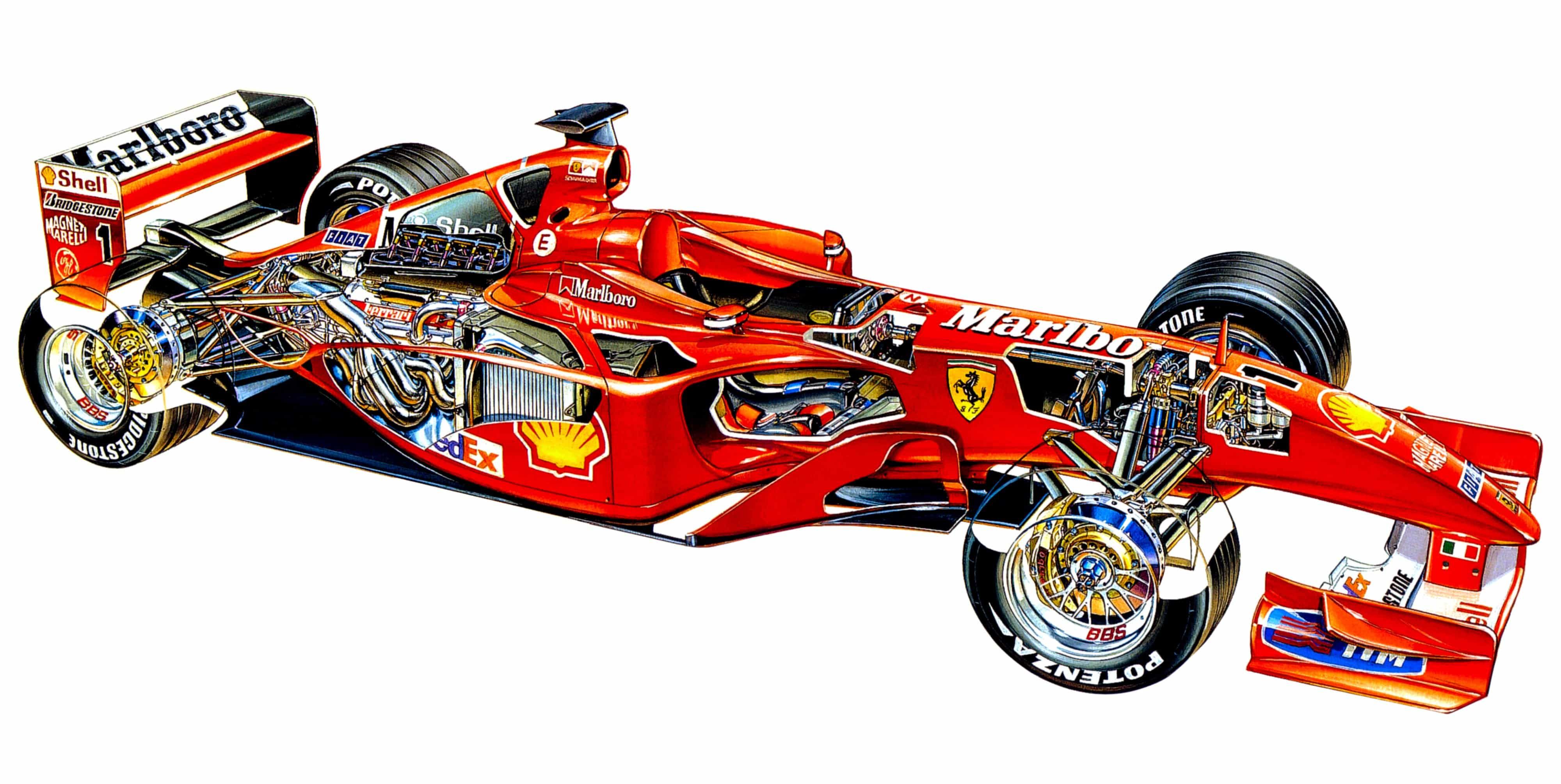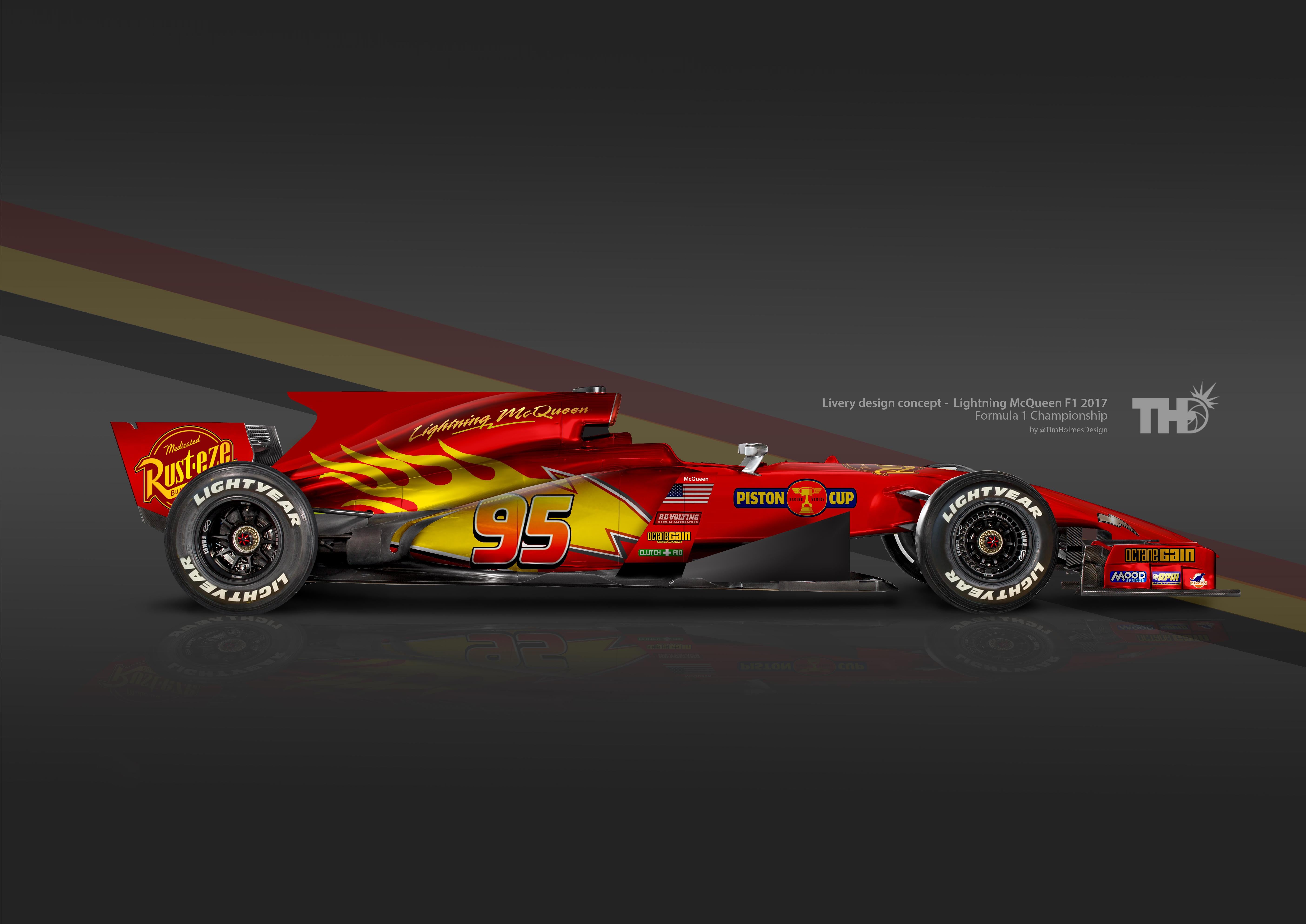Table Of Content

This hybrid system not only improves fuel efficiency but also provides an additional boost of power. In this way, Ferrari's philosophy could not only give them problems balancing the car front to rear as the season progresses, but also limit the amount of total downforce it can create. This might mean they are generating less downforce at the front of their floor, but it gives them lots of potential to create plenty of downforce at the rear with the diffuser.
How Alpine have 'pushed the limits' with 2024 F1 car design - Motorsport Week
How Alpine have 'pushed the limits' with 2024 F1 car design.
Posted: Wed, 07 Feb 2024 08:00:00 GMT [source]
F1 Quiz: Every driver who took part in testing 10 years ago
For example, having the pushrod configuration at the rear can allow a narrower front-end of the gearbox and therefore improve the airflow to the diffuser. Yes, there are small implications in terms of the inboard packaging and weight but these are trivial compared to the aerodynamic implications. As Sauber technical director James Key says, the decision on pullrod or pushrod is purely for aerodynamic reasons, not mechanical ones. Haas stuck with its front pushrod and rear pullrod configurations, but of course, that could change before the car hits the track as renders often feature a different suspension configuration to the real car. But there’s another, even more important sidepod design trend where we could see some variation.
Safety considerations in F1 car design
A season like no other finished with a final-lap showdown in Abu Dhabi that saw Verstappen take his first title in the most dramatic and controversial circumstances, bringing Red Bull’s first title back to Milton Keynes for eight years in the process. It’s the theory and understanding of what all the elements are to produce the fastest possible car. The game is to learn as much as possible, faster, and in more depth than our rivals.
Formula 1: The secret aerodynamicist reveals design concepts
Seven compounds of F1 tyre exist; 5 are dry weather compounds (labeled C1 through C5) while 2 are wet compounds (intermediates for damp surfaces with no standing water and full wets for surfaces with standing water). Three of the dry weather compounds (generally a harder and softer compound) are brought to each race, plus both wet weather compounds. The harder tyres are more durable but give less grip, and the softer tyres the opposite.
This BMW Concept Corrects One of New Car Design's Worst Trends - Road & Track
This BMW Concept Corrects One of New Car Design's Worst Trends.
Posted: Fri, 19 Apr 2024 07:00:00 GMT [source]
The wheel alone can cost about $50,000,[29] and with carbon fibre construction, weighs in at 1.3 kilograms. In the 2014 season, certain teams such as Mercedes have chosen to use larger LCDs on their wheels which allow the driver to see additional information such as fuel flow and torque delivery. They are also more customizable owing to the possibility of using much different software. Due to increasing environmental pressures from lobby groups and the like, many have called into question the relevance of Formula 1 as an innovating force towards future technological advances (particularly those concerned with efficient cars). The FIA has been asked to consider how it can persuade the sport to move down a more environmentally friendly path.
World of Racing is what we've been asking and waiting for!
On the Ferrari, there are already clues that they might be trying to compensate elsewhere for a lack of downforce generated from the front wing. That's because the inherent nervousness of the 'peaky' approach means the driver does not have the confidence to push to the limit, as he fears he might lose control. Actually, the wings themselves don't give us much of a problem - all the slots between the flaps help us out there. Their car has the highest and steepest bits of the wing at the outside tips, where the flaps meet what is called the end-plate, the vertical structure at the outside of the wing. Looking at the cars this season, you can see that the approaches to this problem largely fall into two camps. But to the trained eye, there are key - and often fundamental - differences between the cars.
Notable Formula One cars
Materials are put under the microscope (literally) and every part on the car will have undergone non-destructive testing (NDT) with x-ray or ultrasound techniques to evaluate joint bonding and laminate condition, firmness checks, visual checks and a thorough cleaning.
‘Strange clause’ of Adrian Newey gardening leave discussed as F1 future remains uncertain
It’s also about how we use the car, how we control the car, how we evolve the balance and set-up to work with the aero package. The diffuser is also altered considerably, owing to its pairing with the revised underfloor venturi tunnels ahead. The new dimensional criteria that the designers must work with is a narrower exit of 750mm, compared with 1050mm. Also a much taller exit of 310mm is possible, compared with 175mm under the previous regulations. In a recent lecture, McLaren Chief Operating Officer Jonathan Neale estimated that an F1 car consists of 16,000 parts, of which only 10 percent are carried over year on year. Moreover, Neale argued that the car is in a permanent state of obsolescence – because by the time parts are at a race track, there’s a new generation going into production to replace them.

Although the front wing has to create downforce of its own, it also has to work the airflow around the front tyres to reduce the amount of wake left behind it. Article 3.9.8 of the technical regulations has been modified and Ferrari has meticulously studied it to adopt an improved version of what Mercedes tried. The gain in terms of aerodynamic performance is not particularly significant, as the Ferrari engineers themselves admitted, however, it does help in finding the outwash effect of the front tyre to reduce drag. Many, many things are new on the 2022 car – but the power unit is not one of them, with Formula 1 set to retain the current 1.6-litre turbo-hybrid units. This is no bad thing, given that they’re already the most advanced and most efficient engines on the planet. The effect of the "catastrophic downforce loss" – to quote an engineer centrally involved with the project – resulting from the ‘dirty air’ being churned chaotically off a leading car currently.
One question that lingered after the 2024 Australian Grand Prix is whether the safety systems should change in some way. "Red Bull has been standout strongest for aerodynamics the last few years, and even previous to that when they weren't winning." "This would mean that Adrian will not be there for the change in regulations for 2026 and that will have massive repercussions for the performance of this car. It offered an unfortunate chance for Red Bull’s rivals to copy a vital part of their car, but everyone agreed by looking at it that it was simply a work of art. His 15 race victories was the most by any individual driver in the course of a single season in Formula 1 history, with Perez having added two of his own around the streets of Monaco and Singapore.
Car development begins in the design office, where teams of people sit behind CAD (computer aided design) computers producing complex 3D drawings of new parts, which can number in the hundreds every day at their peak. Top teams actually start work on new cars more than a season before they are due to be raced – for example, work on a 2021 car would have started in the closing months of 2019. It’s natural to question whether safety systems should be updated, and the FIA is always evaluating incidents and safety standards. Russell’s comments came before the FIA clarified the safety procedures in Melbourne, but the sentiment stands given how rapidly technology evolves. The Brit offered a suggestion that an automated system could be introduced in the future. The ending of the 2024 Australian Grand Prix put a spotlight once again on Formula One’s safety car procedures after George Russell’s scary-looking crash on the last lap left his Mercedes tipped on its side.
Adrian Newey has earned a roll of honour in Formula 1 like no other individual across the decades, designing cars to win titles throughout eras. The first is that the reduced tendency to stall might produce a car that is more predictable to drive. One advantage of reducing the download at the tips of the wing - what we call 'backing-out' the tips - is that airflow structures generated there will be much less stressed.

No comments:
Post a Comment